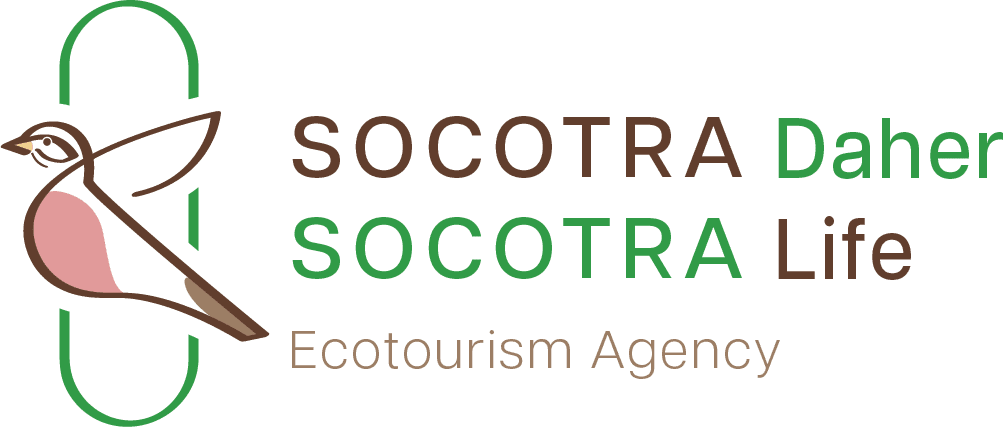Socotra had been a bucket-list destination for many years since the island was practically closed to tourists for over a decade due to the raging war in Yemen. So, when, 13 years after its last trip there, DNHG announced a new expedition to the island and people flew from all over the world to take advantage of the long-awaited opportunity. It felt like a reunion!
Socotra had been a bucket-list destination for many years since the island was practically closed to tourists for over a decade due to the raging war in Yemen. So, when, 13 years after its last trip there, DNHG announced a new expedition to the island, people flew from all over the world to take advantage of the long-awaited opportunity. It felt like a reunion!
The trip was an adventure even from the organizing stage since airplane tickets are extremely limited – let alone unexpectedly expensive – and the booking process was new and complicated. We almost missed our window of opportunity for a 2023 trip. Thankfully, with the Sonja’s efforts and everyone’s quick response, we finally managed to secure the coveted seats on the plane.
Socotra did not disappoint, even though heavy rains prevented us from visiting a few places and decreased visibility in the snorkeling areas, possibly frustrating the eager snorkelers among us. Still, exotic beaches, Dragon blood trees, desert roses, fresh fish meals, rare birds, shells and numerous other unique or rare species of flora and fauna were all there, ensuring that the island lived up to our expectations.
Indeed, Socotra is a small paradise on earth for all naturalists; its uniqueness is praised the world over, and, with the expert guidance of Ahmed Saeed Sulaiman Abdullah, our proficient trip leader, we delved into some of the island’s secrets. What usually, though, remains unsung is the charm and adorableness of its people, who, so far, stay authentic, friendly and pure at heart, still unaffected by the Sirens of massive touristic development.
Although communication was limited to a few words since most locals do not speak English – and poor Ahmed was torn into dozens of pieces translating for everyone in our group – there was an unmistakable connection precisely because the Socotrans desired it. When our cars crossed the roads, children would stop whatever activity they had just to wave us “hello” and, at stops, rushed to climb on the jeeps to get a closer look. Most were shy of photos, but none were shy of connecting, shouting hello, waving, or even shaking hands. A few urchins were naughtier than others; some, in an entrepreneurial fever, tried to sell us shells; only a couple in the whole island asked for money. But all, in their totality, were curious and delightful beyond words.
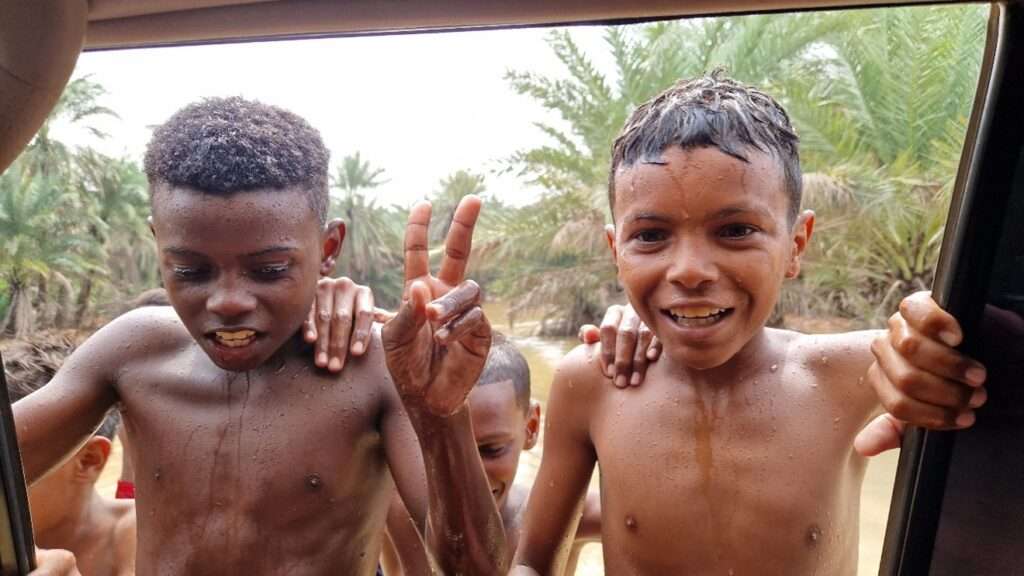
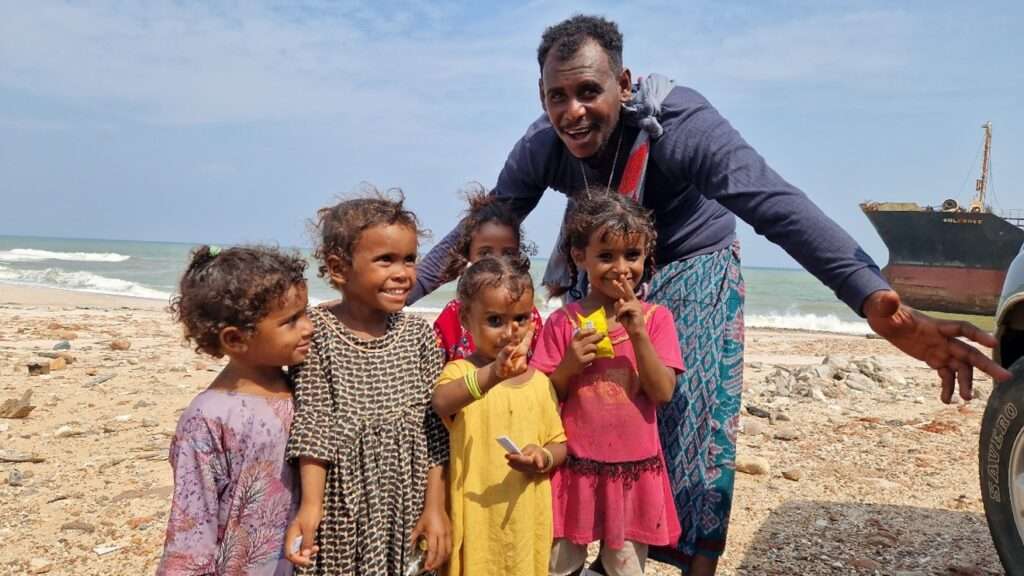
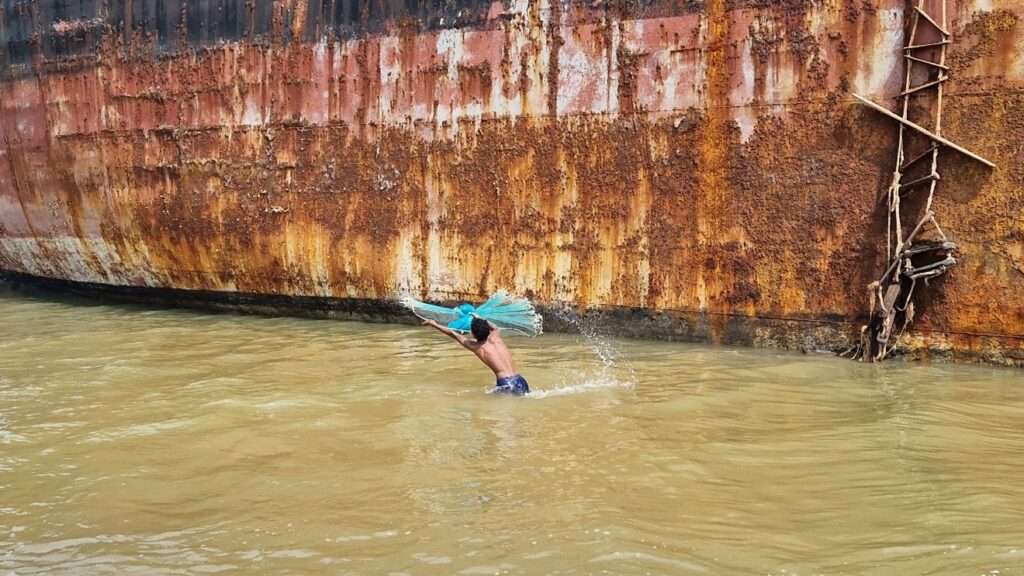
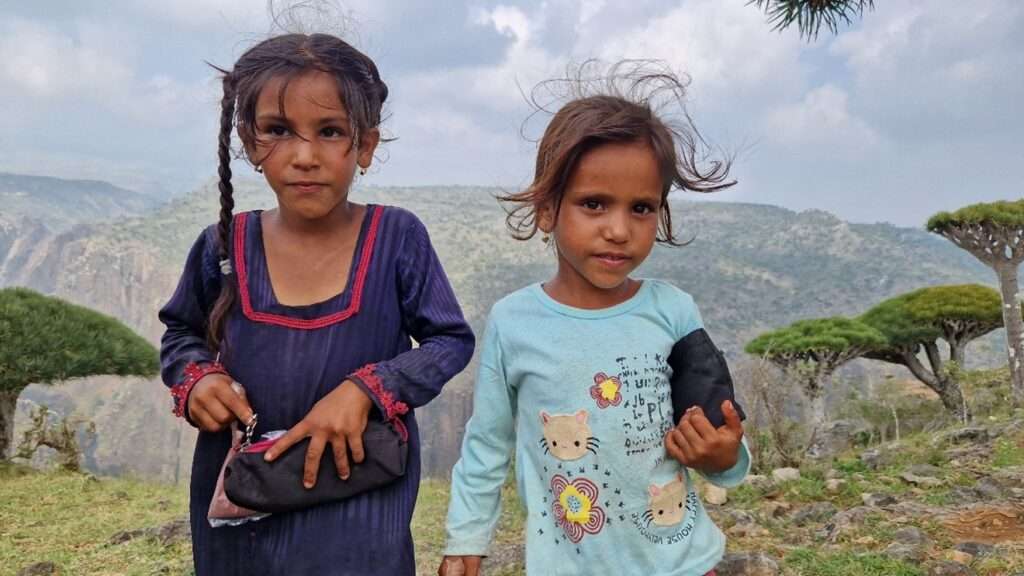
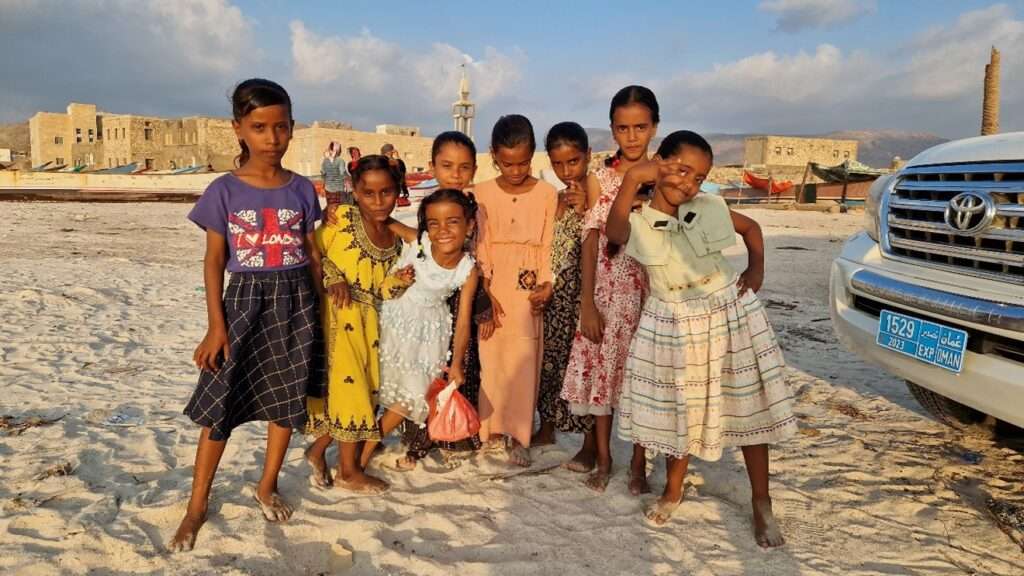
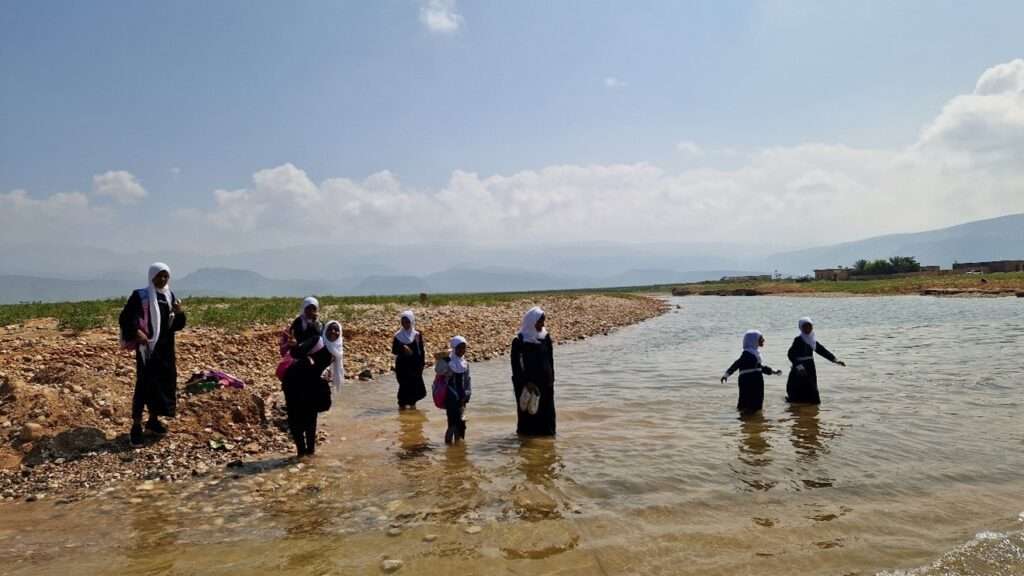
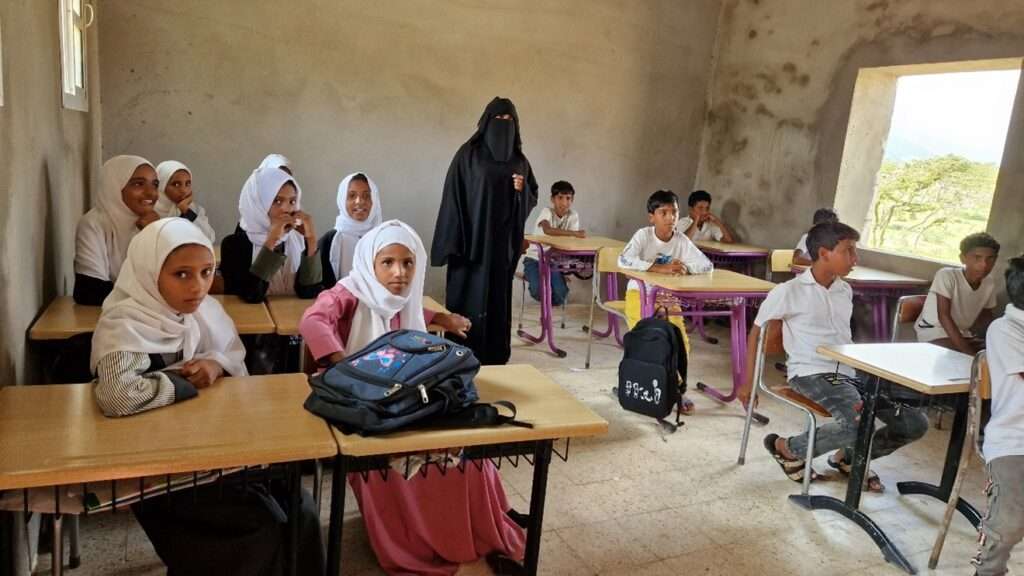
We didn’t interact with many women, the majority of whom are fully covered both in the countryside and the city – it was a bit weird seeing the cleaning ladies in the Hadiboh hotels abide so strictly by the rules, considering how difficult this must be for their job. It was easier to observe the men; thus, it became clear that a significant percentage of the island’s population has African origins (detectable not only from skin color but also facial characteristics), and their overall temperament is closer to Oman and Somalia than the Gulf. They will miss no opportunity to enjoy music, singing, and dancing, with movements and a general gusto with a resounding African flair. Even the language used on the island – Soqotri – is a modern South Arabian language in the Afroasiatic family, that is, not merely another Arabic dialect but a unique language influenced by the island’s strategic location.
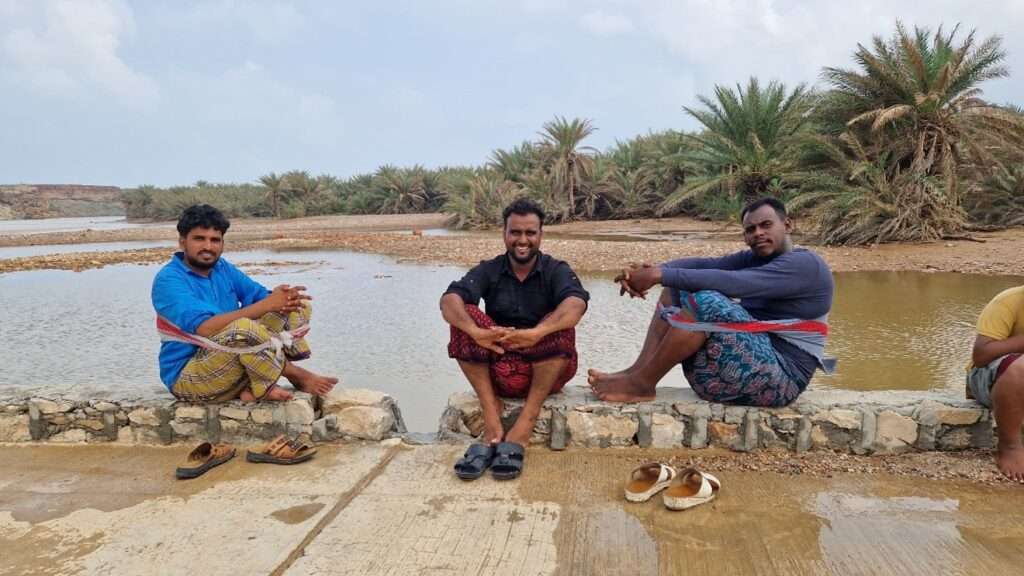
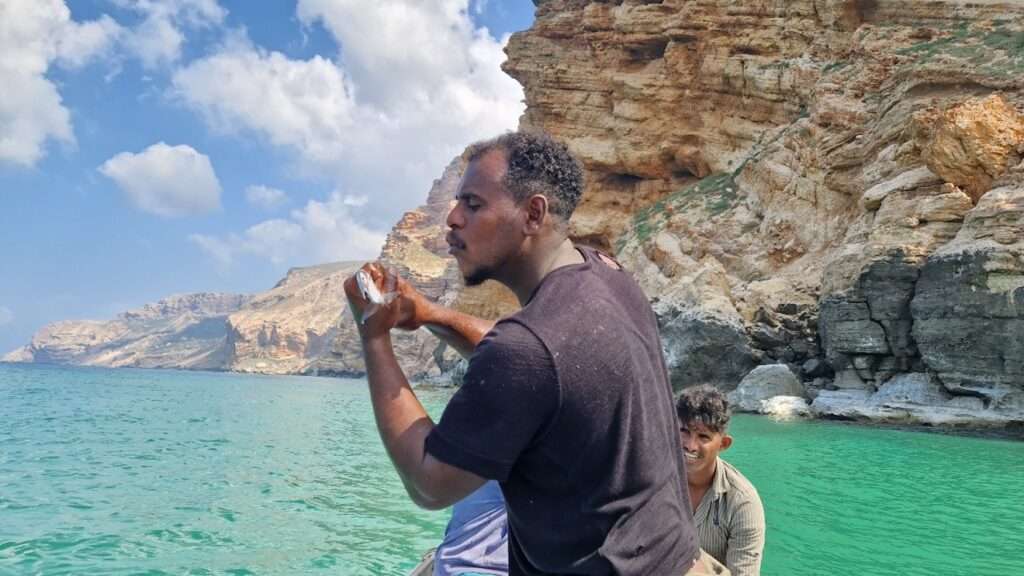
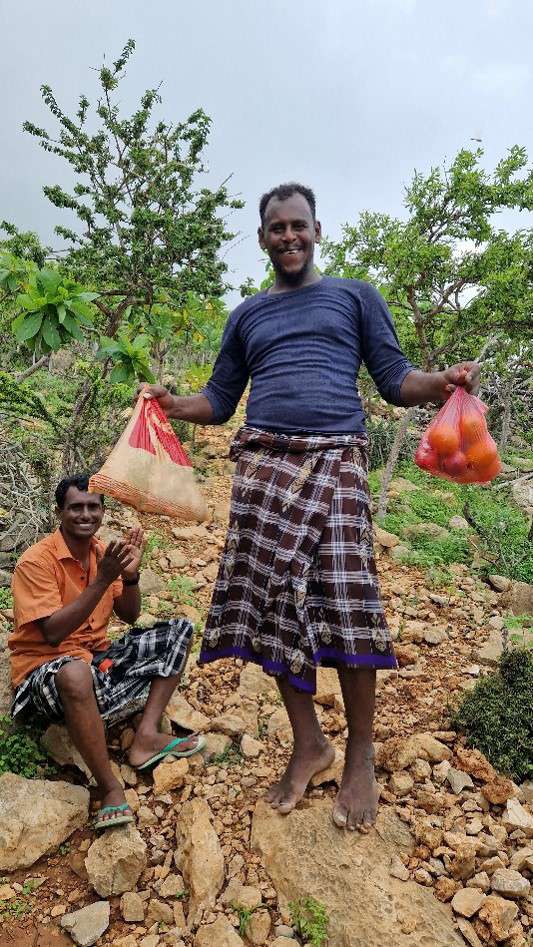
I left Socotra with many photos of its natural wealth and a bit wiser on some of the island’s wonders. Most of all, though, I left carrying warmth in my heart, inspired by the people who surrounded us, making this trip an unforgettable experience.
